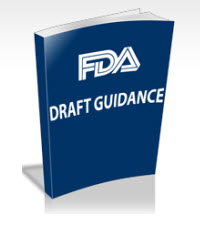The US Food and Drug Administration (FDA) Center for Drug Evaluation Research (CDER) has issued a draft guidance to help sponsors develop new drugs to treat the early stages of Lyme disease.
The draft addresses criteria for clinical trial enrollment, efficacy endpoints, and clinical microbiology considerations for treating early stages of the disease when manifested by erythema migrans (EM), a rash that is often one of the first symptoms.
In North America, Lyme disease is primarily caused by the bacterium B. burgdorferi transmitted by the bite of infected lxodid ticks. A different bacterium, B. mayonii, is an emerging Lyme disease pathogen appearing in the US upper Midwest. In Europe and Asia, Lyme disease is caused by B. afzelli and B. garinii; and in some cases of B. burgdorferi is also reported in Europe.
Lyme disease can be divided into an early disseminated stage of the disease and late disease. Early localized disease occurs within one month following the tick. It is characterized by EM, or a rash at the site of the tick bite that can be followed by nonspecific symptoms, such as fatigue, as well as neurologic or cardiac symptoms. Late disease occurs months after the onset of infection and is characterized by arthritis in a large joint…
















